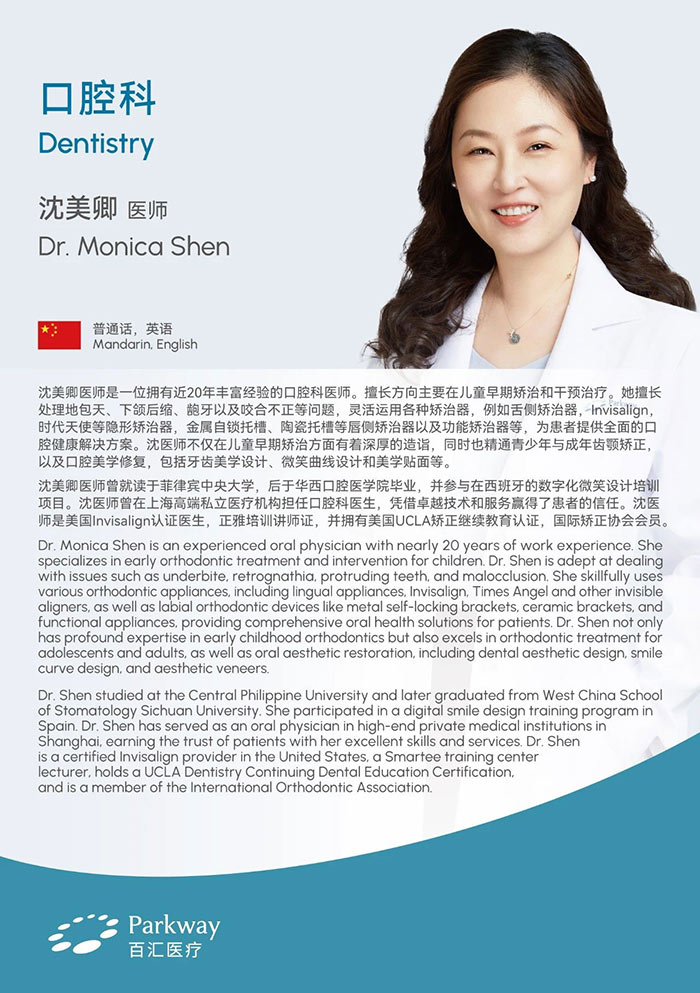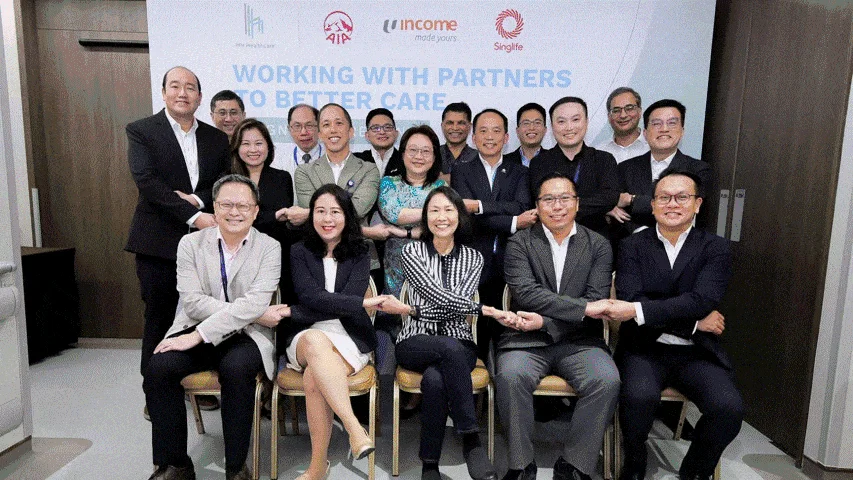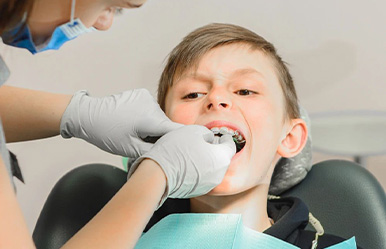Do children have to wait until their teeth are replaced to correct crowded teeth?
2025-01-15
Traditionally, it was believed that orthodontic treatment should only commence once all the permanent teeth have fully erupted, typically around the age of 12, or when the skeletal development is complete. However, in recent years, there has been increasing awareness among parents and dental professionals that early intervention can be beneficial as early as age 7, during the mixed dentition phase. While not all children require early orthodontic treatment, the International Association of Orthodontics recommends that children undergo a preliminary orthodontic evaluation by the age of 7 to determine whether early intervention is necessary.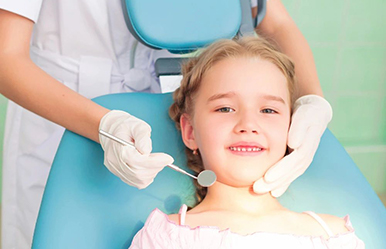
Current research underscores the significance of early intervention during the period before the full eruption of permanent teeth, often referred to as the “golden period” of orthodontic treatment. This phase takes advantage of the child’s growing jawbone, optimizing its developmental potential to address a variety of dental issues.
This discussion specifically focuses on dental crowding and space insufficiency. In contemporary society, dietary habits, the consumption of overly refined foods, and certain feeding practices have contributed to an increase in dental crowding among children, even in the absence of genetic predispositions. The initial phase of early orthodontic treatment serves a preventive function, improving the alignment of the anterior teeth and guiding the eruption of future permanent teeth into the available space. This reduces the likelihood of requiring more invasive or complex orthodontic procedures in the future. In other words, early intervention minimizes the risk of needing extractions or more complex treatment protocols, making the process simpler. Furthermore, it helps prevent the condition from deteriorating as the child grows, as some orthodontic issues become significantly harder to correct once the child reaches adolescence.
Children who undergo early orthodontic treatment during the mixed dentition phase benefit from having their dental arches and space requirements properly managed in preparation for the eruption of permanent teeth. This approach significantly increases the likelihood that the permanent teeth will align correctly, and there may be no need for a second stage treatment phase. In certain cases, the early intervention addresses the most significant issues with the anterior teeth, and even if a second phase is required, the complexity of treatment is greatly reduced, often minimizing the need for tooth extractions.
A 9 years old child, with 3-year treatment, two-phase combined treatment. Chief complaint: crowding, insufficient space, and desire to avoid extractions in the future
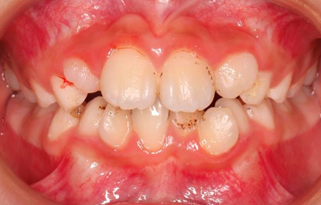
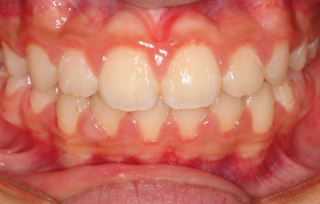
Article contributed by Dr. Monica Shen, Dentist of Parkway.
